
There’s something magical about Hot Springs National Park, and it’s not just the thermal waters. This park is steeped in a colorful history that’s as captivating as its natural beauty. If you’ve been there or it’s still on your bucket list, these 15 facts are sure to give you a whole new perspective on this Arkansas gem.
The Dunbar-Hunter Expedition of 1804

In 1804, William Dunbar and George Hunter led an expedition to explore the “hot springs” region in what is now Arkansas. Commissioned by Thomas Jefferson, their team tested the waters, mapped the area, and sent detailed reports back to the president about this fascinating territory.
The Louisiana Purchase and Hot Springs

The area that became Hot Springs National Park joined U.S. territory with the Louisiana Purchase of 1803. The land purchase was double the size of the country which stretched from the Mississippi River to the Rocky Mountains and paved the way for future national parks, including Hot Springs.
First Reservation Set Aside for Public Use

In 1832, President Andrew Jackson signed legislation designating the hot springs and surrounding lands for public use, making it the first area in the United States preserved for its natural resources. Though not yet a national park, this early reservation led the way for later conservation efforts.
The Great Fire of 1878

A devastating fire in 1878 destroyed much of downtown Hot Springs and left just a few buildings standing. While the fire caused significant damage, it also allowed for more substantial and aesthetically appealing reconstruction, reshaping the town and improving its appeal as a health resort destination.
47 Natural Hot Springs

Hot Springs National Park features 47 natural springs, which makes it a rare park where visitors can enjoy unaltered geothermal water. These springs originate deep within the Earth’s crust and have drawn people to the area for centuries due to their soothing properties and believed healing effects.
Bathhouse Row’s Transformation

Early bathhouses in Hot Springs were primitive, with wooden structures set up over the springs. In the late 19th and early 20th centuries, these were replaced with more durable, ornate masonry and steel buildings. Bathhouse Row became a hub of health tourism and attracted visitors looking for therapeutic treatments.
Prominent Visitors to Hot Springs

Throughout its history, Hot Springs National Park has attracted notable visitors from around America, including Al Capone and legendary figures like Babe Ruth and Helen Keller. People from all walks of life flocked to the park for its healing waters, therapeutic bathhouses, and beautiful scenery.
Hot Springs Are Not Volcanic

Unlike volcanic hot springs, the waters in Hot Springs National Park are naturally heated through a unique geological process. Rainwater travels deep underground through porous rock layers, gradually heating before rising to the surface along fault lines. This journey takes approximately 4,400 years to complete.
A Place for Hiking Enthusiasts

In addition to its healing springs, Hot Springs National Park has around 26 miles of hiking trails, ranging from short, interconnected paths to longer, more challenging routes. Trails like Sunset Trail pass through scenic wilderness, providing outdoor enthusiasts with a range of options for exploration.
Gulpha Gorge Campground

Visitors looking to extend their stay at Hot Springs National Park can camp at the Gulpha Gorge Campground. Offering accommodations for both tents and RVs, this peaceful area is located within the park’s natural beauty and has a relaxing environment for overnight stays and exploration.
Hot Springs’ History for Crooks
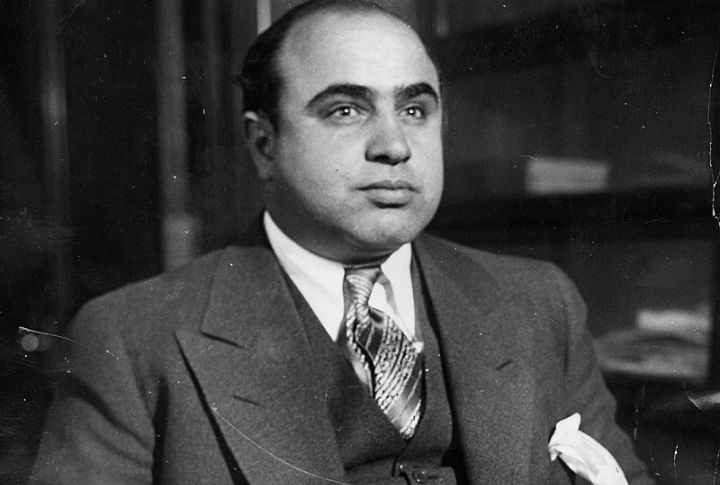
The Hot Springs area once had a notorious reputation for its connections to the underworld. Visitors today can learn about this darker chapter of the park’s history at the Gangster Museum, which recounts the stories of infamous figures who visited the area, including Al Capone, Owney Madden, and Ben Siegel.
America’s Oldest National Park Reservation
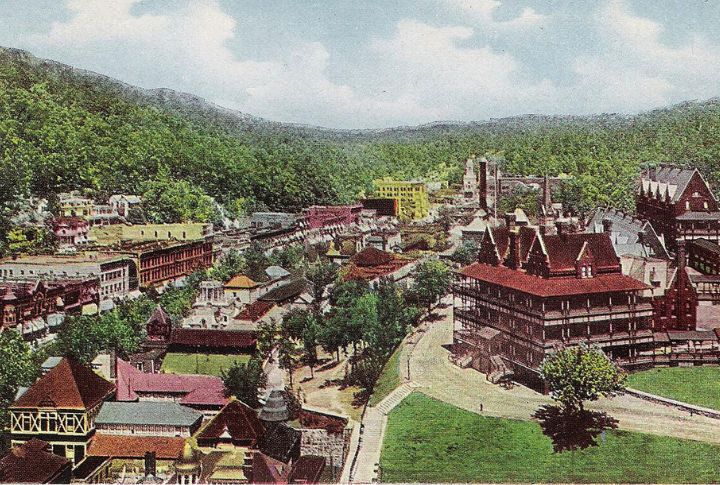
Though Yellowstone is often recognized as the first national park, Hot Springs was set aside for preservation much earlier, in 1832. However, it did not officially become a national park until 1921. This makes it the oldest national park reservation, predating other iconic parks by several decades.
The Role of Frederick Law Olmsted
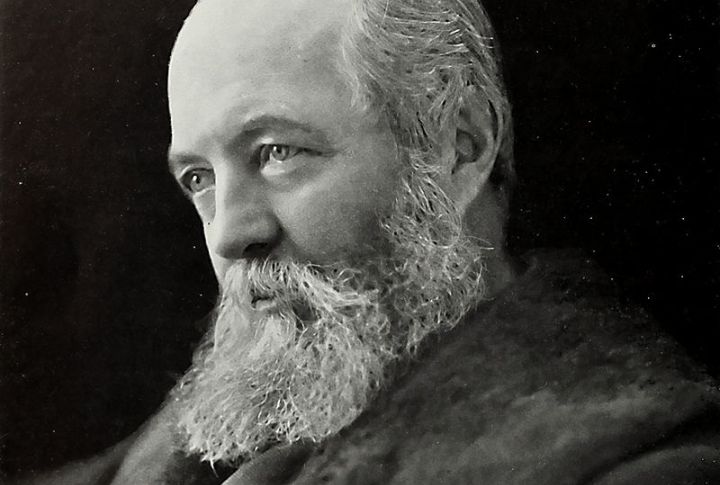
Frederick Law Olmsted, the famed architect behind Central Park, was once considered for a project in Hot Springs. Though Olmsted withdrew from the project due to disagreements, his potential involvement shows the park’s significance in American landscaping design and its long-standing appeal.
Thermal Springs Used for Thousands of Years
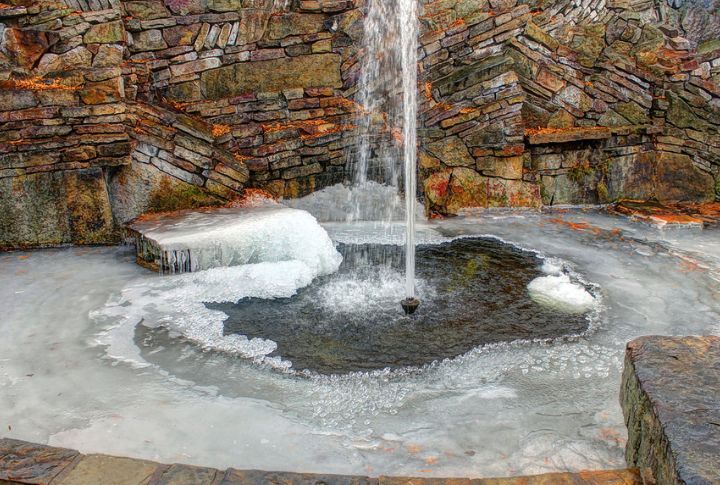
Long before European settlers arrived, Native American tribes, including the Quapaw and Caddo peoples, used the hot springs. Archaeological evidence suggests that these thermal waters were frequented for their restorative properties for more than 3,000 years, making it a place of historical significance.
Enriched with Minerals
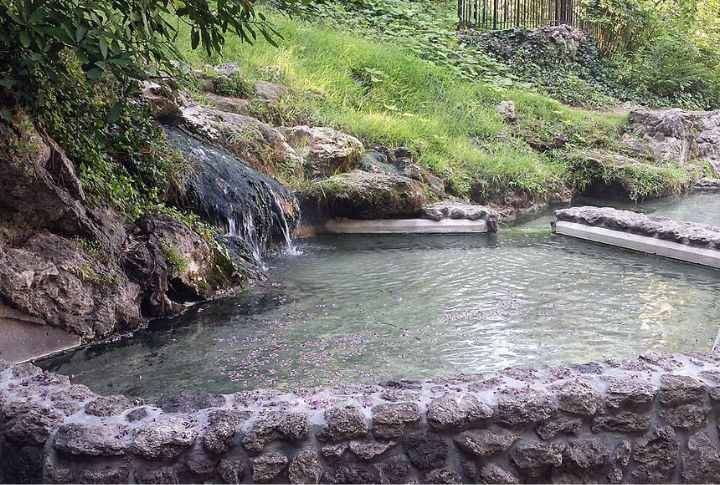
Hot Springs National Park’s water emerges from the ground at around 143 degrees Fahrenheit. As it travels upward, the heat dissolves minerals from surrounding rocks and enriches the water with silica, calcium, magnesium, and potassium. Limestone deposits from the water can be seen on rocks near display springs.
